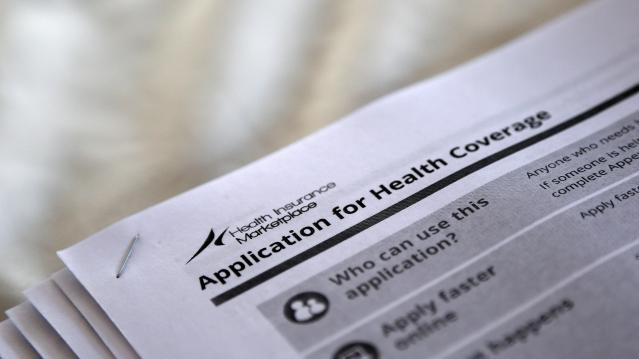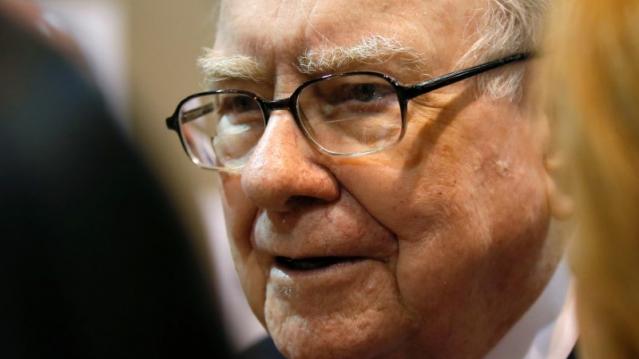You Won’t Believe How Much Diabetes is Costing the U.S.

The budget-busting price of Sovaldi, a drug used to treat hepatitis C has generated wave after wave of media attention, but it’s far from the only drug creating cost problems for patients and insurers.
As Michelle Andrews of Kaiser Health News points out, diabetes affects 29 million Americans, or 10 times as many people as hepatitis C, and the costs of treating it have been rising quickly. And because it’s a chronic condition, people require lifetime care.
Related: Diabetes Detection Up in Pro-Obamacare States
In 2011, the average annual health spending for individuals with diabetes was $14,093. Two years later, it had risen to $14,999, according to the Healthcare Cost Institute. In contrast, a person without diabetes spent about $10,000 less in medical costs in 2013. Pharmacy provider Express Scripts said earlier this year that 2014 marked the fourth year in a row that medication used to treat diabetes were the most expensive of any traditional drug class.
In all, diabetes costs totaled an estimated $245 billion in 2012, including both direct medical expenses and indirect costs from disability and lost work productivity.
While some of the most popular diabetes drugs aren’t particularly expensive, the new brand-name drugs that are continually being introduced offer more effective treatment and fewer side effects — but also come with a higher price tag. Less than half of the diabetes prescription treatments filled in 2014 were generic.
Nearly a century after its discovery in 1921, insulin is still a common form of treatment for the millions of people with type 1 diabetes, yet there is still no generic form available. Patent protection has been extended in some cases due to improvements in existing formulations. Once those patents expire, Andrews notes, biologically similar drugs could replace them and reduce the price by up to 40 percent.
Related: This Disease Hikes Health Care Costs By More than $10,000 a Year
The financial ramifications of diabetes don’t just stem from the cost of drugs or medical treatment — it’s also been proven that people with diabetes have a high-school dropout rate that is six percentage points higher than those without the disease, according to a Health Affairs study. In addition, young adults with diabetes are four to six percentage points less likely to attend college than those without the disease.
Diabetes also contributes to lower employment and wages. On average, a person with diabetes earns $160,000 less over the course of their lives than people who don’t develop the disease. By age 30, a person with diabetes is 10 percent less likely to be employed.
So even if it’s not generating as many headlines as hepatitis C at any given point in time, the costs of diabetes can’t be ignored.
Top Reads From The Fiscal Times
- The 10 Worst States for Property Taxes
- Two-Thirds of Americans Believe Social Security Is in a Crisis State
- Why McDonald’s Could Suddenly Be Responsible for Millions of New Employees
Big Ad Buys to Push Tax Reform
Two conservative groups are spending millions to promote an overhaul of the tax code.
The American Action Network announced Thursday that it will spend $2 million on a new TV ad featuring a Midwestern mom who says her family is “living paycheck to paycheck” and that a middle class tax cut would give them “piece of mind.” The ad will air in 28 congressional districts currently held by Republicans. Americans for Prosperity, backed by the Koch brothers, will spend $4.5 million on ads that promote tax reform while criticizing three red-state Democratic senators -- Claire McCaskill (MO), Tammy Baldwin (WI) and Joe Donnelly (IN).
Some States Will See Dramatic Obamacare Price Hikes in 2018

Premiums for Affordable Care Act policies are set to rocket higher in many places in 2018. Many of the rates for next year won't be made public until November, but The New York Times found that Georgia has already approved increases of up to 57.5 percent, while the average rate in Florida will jump by about 45 percent and the average in New Mexico will climb by 30 percent. Minnesota, on the other hand, announced this week that a new state reinsurance program has helped stabilize rates and price changes for individual plans in the state will range from a decrease of 38 percent to an increase of 3 percent.
Confusion stemming from the White House and Congress, including uncertainty about whether the Trump administration will continue to make cost-sharing payments to insurers, is largely driving the increases. Keep in mind, though, that about 85 percent of people who buy insurance through Obamacare exchanges won’t feel the price hikes because their plans are subsidized — but the federal government will have to shell out more for those subsidies.
A Tax Reform 'Game Changer'?
The National Association of Home Builders says it's open to changes to the mortgage-interest deduction — a major policy shift that could have significant implications for the Trump administration's proposed tax reform, Politico's Lorraine Woellert reports. The break benefiting homebuyers was preserved as part of the tax framework released last week, but the reform plan also calls for increasing the standard deduction, a shift that would make the mortgage interest deduction less valuable. The National Association of Realtors last week criticized the administration's plan, even though it left the mortgage tax break in place. "This proposal recommends a backdoor elimination of the mortgage interest deduction for all but the top 5 percent who would still itemize their deductions," the group's president said.
Warren Buffett: Eliminating the Estate Tax Would Be a ‘Terrible Mistake’

The world’s second-wealthiest man is worth about $75 billion, but he isn’t worried about the government taking a bite out of his estate after he’s gone. In fact, Buffett thinks the estate tax, which applies to just a few thousand estates a year, is a reasonable way to allocate resources, especially in a society in which the rich have gotten much richer over the last few decades. Buffett’s main concern is the emergence of “dynastic wealth” that “goes totally against what built this country, what this country stands for.” In an interview Tuesday, Buffett criticized the latest GOP proposal to get rid of the estate tax: "If they pass the bill they're talking about, I could leave $75 billion to a bunch of children and grandchildren and great-grandchildren. And if I left it to 35 of them, they'd each have a couple billion dollars ... Is that a great way to allocate resources in the United States?” (CNBC)
Treasury Pulls a Paper That Contradicts Mnuchin’s Corporate Tax Argument
The Treasury Department has taken down from its website a 2012 analysis that found that business owners and shareholders — not workers — bear most of the burden of corporate taxes. The findings of the report run counter to the argument Treasury Secretary Steven Mnuchin has been making in selling the benefits of a reduction in the corporate tax rate. The Trump administration’s tax reform framework calls for dropping the corporate rate from 35 percent to 20 percent.
The 2012 report from the Office of Tax Analysis found that “workers pay 18 percent of the corporate tax while owners of capital pay 82 percent” — figures that are “in line with many economists’ views and close to estimates from the nonpartisan Joint Committee on Taxation and Congressional Budget Office,” according to The Wall Street Journal.
A Treasury spokeswoman told the Journal: “The paper was a dated staff analysis from the previous administration. It does not represent our current thinking and analysis.”
Jason Furman, who was chairman of President Obama’s Council of Economic Advisors, tweeted that the goal of the technical paper series that included the removed study “was to be more transparent about the methodology Treasury used for its modeling and analysis.”
Treasury website has 40+ yrs of Tax Working & Technical Papers. This is the only one removed https://t.co/QzLTSHderk https://t.co/MFZRd7HoFQ
— Jason Furman (@jasonfurman) September 29, 2017
